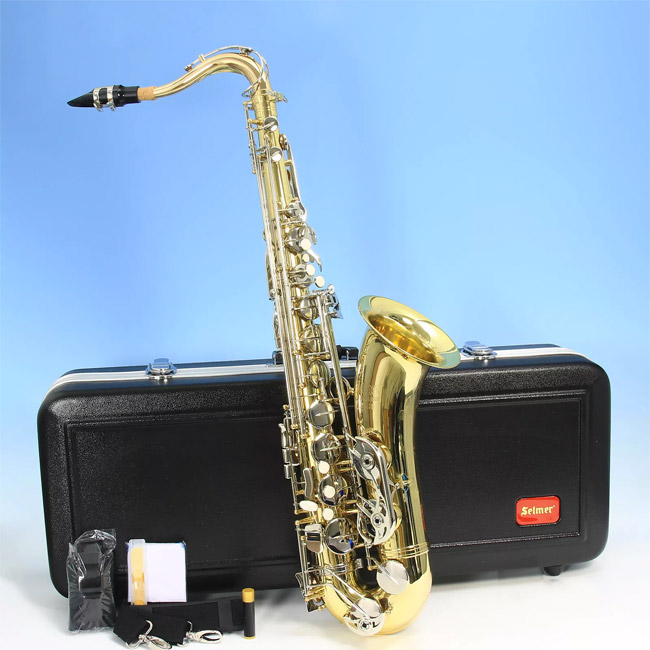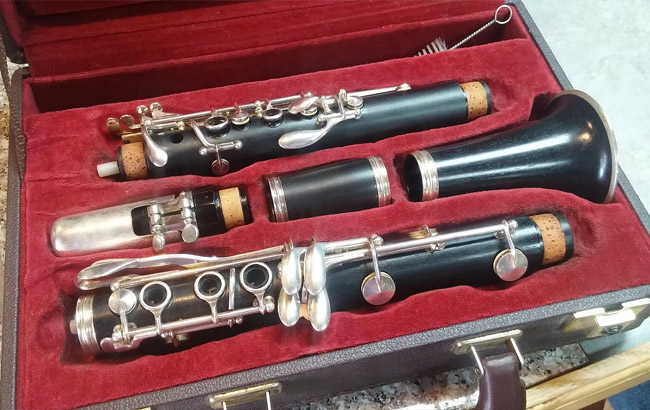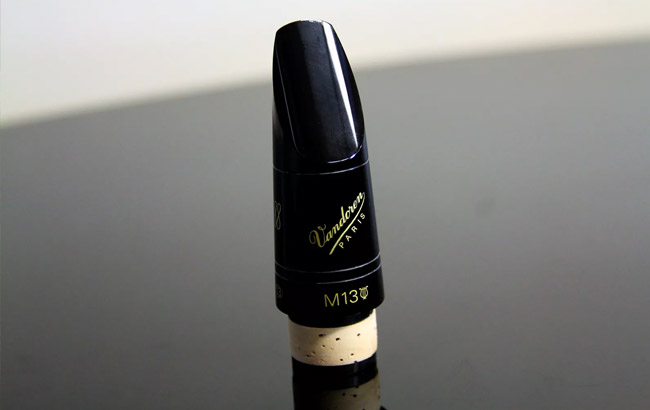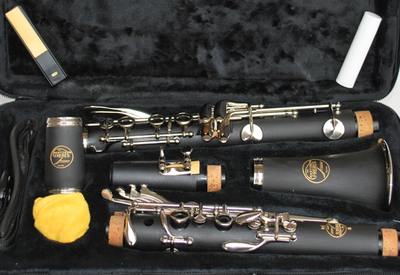Maybe those Clarence Clemons sax solos on your old Springsteen records are calling to you. Maybe you decided that Jethro Tull had the right idea adding a flute into the mix. Maybe you finally have time to join the local community orchestra. For some of you, it could be that your child is ready to take private lessons or join the school band.
Whatever the reason, if you’ve decided to invest in a wind instrument, you’ve probably noticed there’s not a lot of guidance out there. And just a brief look at the offerings on Reverb can be daunting, with such a wide variance in prices and models.
Despite all this, wind instruments can be timeless investments and a ton of fun for those looking for an entry point into music that doesn’t involve an entire rig of gear. There’s something arguably more visceral and intimate about playing a wind instrument. After all, the tone originates from your diaphragm, the very center of your body. It’s a whole-body connection that is hard to achieve with string instruments.
For those ready to blow, we salute you. Here are some quick tips to help make your first purchase easier.
Choosing The Instrument

The biggest part of this process is selecting the instrument itself. As with guitars, there are cheaply made budget models, extremely high-end boutique models, iconic vintage models and everything in between. As with most things, you get what you pay for. You want to avoid simply buying the cheapest instrument available, since many of these budget models are so poorly built that they make playing more difficult than it needs to be. The last thing you want is to discourage someone (or yourself) from continuing to play because the instrument is unnecessarily difficult. The key is finding the sweet spot of affordability and quality. There are several options to assure the quality of your instrument from the start.
If you plan on buying new, one solution is to search established brands and buy their beginner instruments. These models usually have “Student” in the name if they are intended for beginners. A breakdown of the best brands for each instrument is provided below. Another option is to rent or buy a used instrument. Just be aware that used instruments may need some repairs. It’s best to get an experienced repair person to check the instrument out to know what shape it is in.
Major Brands
Yamaha is largest single maker of musical instruments in the world and consistently produces high quality saxophones, clarinets, and flutes. Pricing is fair, with a huge range from beginner to professional series.

Selmer is one of the most popular brands of saxophones in general, but they also have great student horns.
Buffet is a good brand for clarinets, and their B12 is excellent for beginners. Construction material is a key mark of quality with clarinets. Beginner clarinets are usually made of plastic, while more professional ones are made of wood.
Gemeinhardt and Emerson are popular choices for student flutes. These can either be open or closed hole. A flute for a beginner should be closed hole, or an open hole with plugs. These can later be removed as the player becomes more experienced. Most beginner flutes are also brass plated with nickel silver.
The Mouthpiece

Both clarinets and saxophones require a mouthpiece as well, which come in as many options (if not more) than the instruments themselves. If the instrument comes with a mouthpiece, start with that until you develop an ear for tone. The mouthpiece probably will not be high quality, but it will suffice for a beginner.
If a mouthpiece needs to be bought separately, two good brands are Yamaha or Vandoren. Make sure it is hard rubber and not plastic. This will help improve the tone. There are also a variety of models within the different brands from which to choose. For Yamaha, the Otto Link C star (C*) mouthpieces are popular for being good all-around models. For Vandoren, start with a B45-40. There may be options regarding facings or tip openings or tables. A good rule of thumb for the beginner is to select the medium option for these.
The Reeds
Woodwind instruments with mouthpieces (clarinet and saxophone) are also going to require reeds. Beginners should start with soft reeds, and then work their way up to harder reeds. The hardness is designated by the number. New players should start with a 2 reed at the maximum. Rico Royale or Vandoren classical reeds are both good brands that are consistent with their production. Another aspect to keep in mind is that it is very rare to buy a pack of reeds and find all of them to be usable. On average, 20% will be “bad” reeds that for one reason or another do not work as well as the rest. Part of learning to play an instrument is learning to distinguish usable reeds from unusable reeds, so don’t worry too much about this.
Miscellaneous Equipment
Any instrument requires a few other pieces of equipment to care for it and keep it in good working condition. A hard case for any instrument is a must, as any car/bus/plane ride with your instrument is a chance for it to get damaged. Try to purchase the case with the instrument when possible, as it will be formed to its shape and fit better.
Cleaning products are also necessary. Clarinets and saxophones need swabs to clean out the main body of the instrument, and a mouthpiece cleaning brush is recommended as well. Flutes need a cleaning rod and cloth to clean them out. Some people recommend pad savers (they look like giant pipe cleaners that go inside the body of the instrument) to soak up moisture, but they can deposit lint or grow mold over time. If you choose to use a pad saver, be sure to use one produced by Hollywood Winds.

A ligature - the piece of metal or fabric used to secure the reed onto the mouthpiece - is also needed. As long as it keeps the reed on and is the right size for the mouthpiece, there isn’t much else to consider.
Saxophones also require a neck strap. The length needed will vary based on the type of saxophone (soprano, alto, tenor, and baritone). The strap should have some padding and be an appropriate width for the size of the body wearing it. Trying a few out will make a big difference here.
These considerations should help you navigate what may otherwise be an unknown frontier. As you engage more with the wind instrument community and gain playing experience, you’ll find what models may fit your style and tastes better. Also, consider taking private lessons with a teacher on your new instrument. Teachers will have great advice on all of these aspects and can help the beginner get over any bumps they encounter. They will also understand the individual problems that may come up better than any other source.
Whether your goal is to have a wind section in your bar band, join the classical scene in your town or become the next Bleeding Gums Murphy, the simple process of developing your tone and seeing yourself improve on a new instrument is its own reward. Pick one up and have at it!
